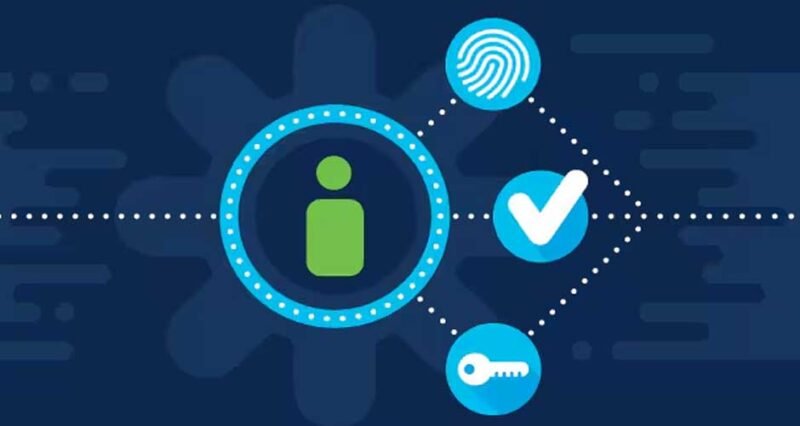
No matter what niche or industry a business is in, enterprises face an unprecedented array of cyber threats. From sophisticated hacking attempts to insider threats, the need for robust and stable security measures has never been more critical. At the forefront of these security measures is identity and access management (IAM).
IAM is not just a technological solution; it is a strategic imperative that plays a crucial role in safeguarding enterprise security—as highlighted in the following article.
What is IAM?
Identity & access management (IAM) is a framework of policies and technologies that ensure that individuals only have access to enterprise resources that are relevant to them. IAM involves managing digital identities and controlling access to data, applications, and systems. It encompasses various components—including authentication, authorization, and user lifecycle management—to create a secure and efficient IT environment.
Key Components of IAM
- Authentication
Authentication verifies the identity of all users who attempt to access enterprise systems. Traditional methods like passwords are increasingly supplemented or replaced by multi-factor authentication (MFA), which requires two or more verification factors, such as a specific detail that the user knows (password), an object that the user has (security token), and a physical attribute of the user (biometrics).
- Authorization
Authorization determines what a permitted user is allowed to do; role-based access control (RBAC) and attribute-based access control (ABAC) are common methods. RBAC assigns access based on the user’s role within the organization, while ABAC considers attributes such as user department, location, and time of access.
- User Lifecycle Management
User lifecycle management involves managing user identities from creation to deactivation. It includes processes for onboarding new employees, modifying access rights as roles change, and promptly revoking access when employees leave the organization.
The Critical Role of IAM in Enterprise Security
- Protecting Sensitive Data
One of the primary functions of IAM is to protect sensitive data from unauthorized access. By permitting only authorized users to access specific data, IAM minimizes the risk of data breaches. With the increasing frequency and sophistication of cyberattacks, protecting sensitive information such as customer data, financial records, and intellectual property is paramount.
- Enhancing Compliance
Enterprises must comply with various regulatory standards regarding data protection and privacy, such as GDPR, HIPAA, and CCPA. IAM solutions help organizations meet these compliance requirements by providing detailed audit trails, enforcing access controls, and (as mentioned above) ensuring that only authorized users can access sensitive data. This reduces the risk of non-compliance penalties and enhances the organization’s reputation.
- Reducing Insider Threats
Insider threats, whether malicious or accidental, pose a significant risk to enterprise security. IAM helps mitigate this risk by implementing strict access controls and continuously monitoring user activities. By restricting access to sensitive information based on user roles and regularly reviewing access permissions, IAM reduces the potential for insider threats.
- Facilitating Secure Remote Access
The rise of remote work has made secure remote access a critical concern for enterprises. IAM solutions enable secure access to enterprise systems and data from any location, ensuring that remote employees can work efficiently without compromising security. Multi-factor authentication (MFA) and single sign-on (SSO) are key IAM features that facilitate secure remote access.
- Improving Operational Efficiency
IAM streamlines access management processes, reducing the administrative burden on IT teams. Automated user provisioning and de-provisioning ensure that access rights are granted and revoked promptly, improving operational efficiency. Additionally, single sign-on (SSO) allows users to access more than one application with a single set of credentials, enhancing user experience and productivity.
- Supporting Cloud Security
As enterprises increasingly adopt cloud services, securing cloud environments becomes crucial. IAM solutions provide centralized control over access to cloud resources, ensuring consistent security policies across on-premises and cloud environments. This helps protect against unauthorized access and data breaches in cloud-based applications and services.
Conclusion
In the face of increasing cyber threats and stringent regulatory requirements, identity and access management (IAM) is a critical component of enterprise security. Implementing robust IAM practices is not just a technological necessity but a strategic imperative for modern businesses committed to maintaining security and trust in a digital world.

